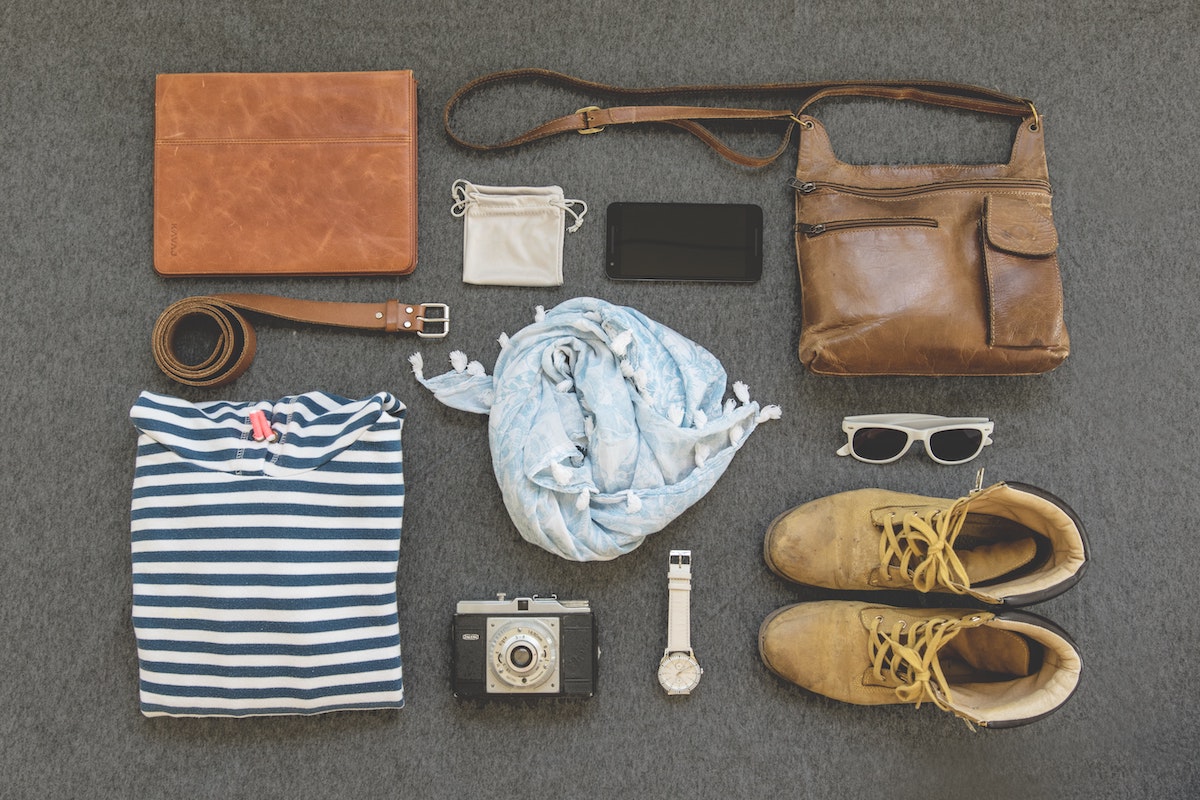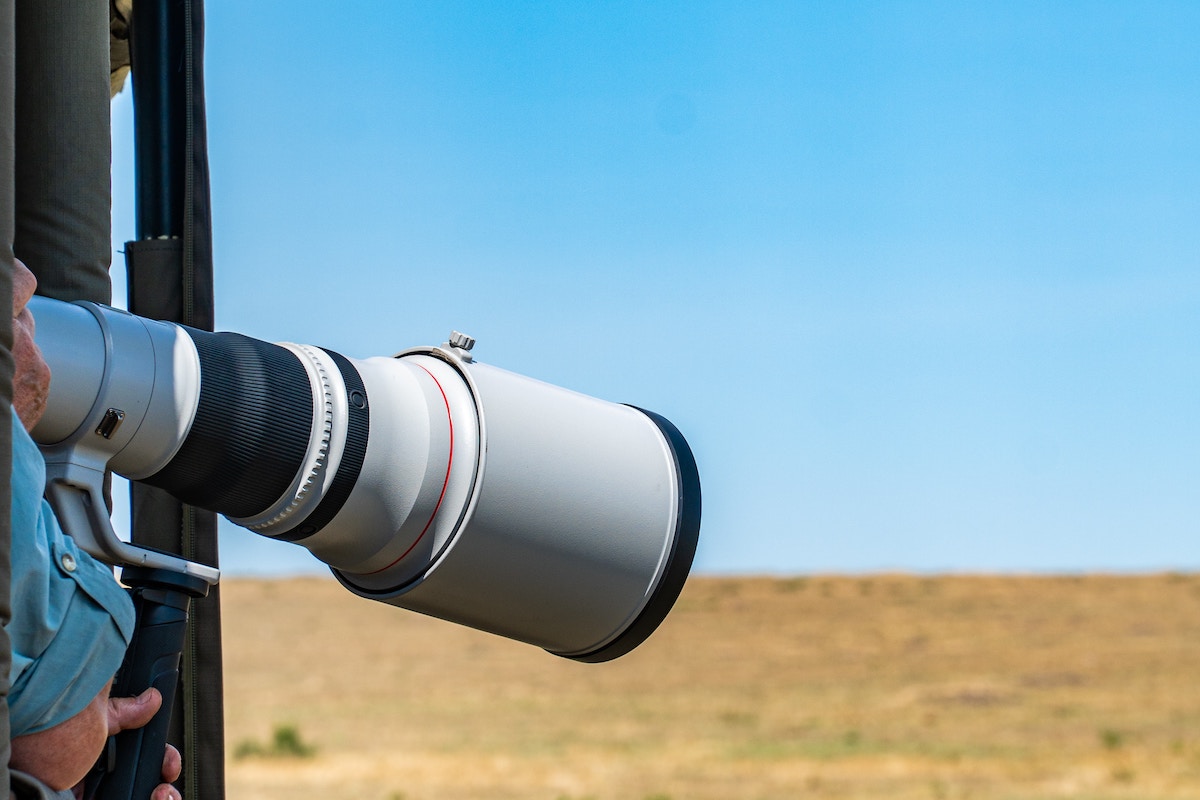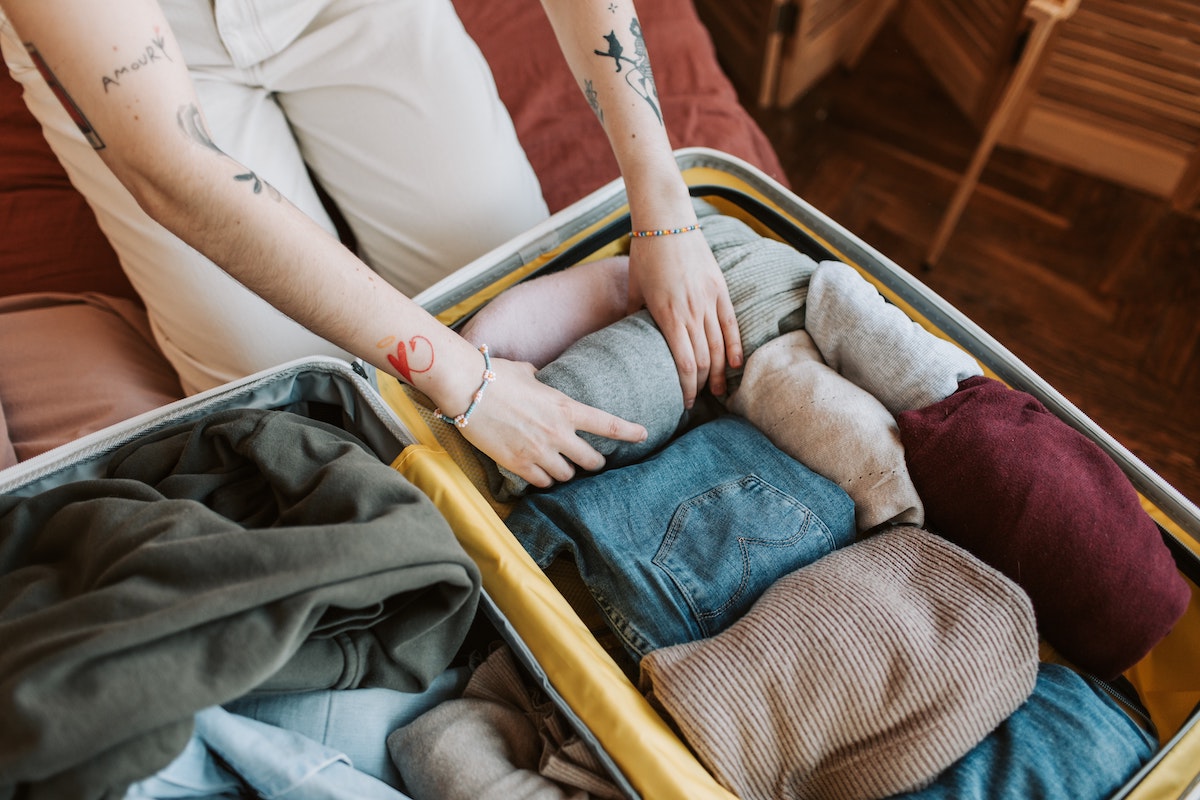Embarking on a safari adventure is a thrilling experience that promises close encounters with Africa's mesmerizing wildlife. To make the most of your journey and ensure comfort and convenience throughout, careful packing is essential. In this blog, we'll guide you through a comprehensive packing list, including essential clothing, gear, and accessories for an unforgettable safari. We'll also share valuable tips on what to wear, how to protect yourself from the elements, and the best equipment for capturing stunning wildlife photographs. So, let's dive in and prepare for the adventure of a lifetime!
Dressing for Safari Success:
When it comes to safari attire, comfort, functionality, and protection are key. Here we cover must-have items to ensure you're prepared for various safari activities and weather conditions.
- Lightweight and Breathable Fabrics: Africa can get quite hot, especially during the day, so it's important to pack lightweight and breathable clothing. Opt for natural fabrics like cotton or linen that allow air to circulate and keep you cool. Avoid synthetic materials that can trap heat and moisture, making you uncomfortable.
- Neutral Colours: When going on a safari, it's best to stick to neutral colors like khaki, beige, and olive green. These colors help you blend with the natural surroundings and are less likely to attract insects. Additionally, neutral colors are less likely to show dirt and stains, which can be common on safari excursions.
- Long-Sleeved Shirts: Long-sleeved shirts are a staple for safari trips. They provide protection from the sun, help keep you cool by blocking direct sunlight, and offer a barrier against mosquito bites. Look for lightweight, breathable shirts with UPF (ultraviolet protection factor) for added sun protection.
- Convertible Pants: Convertible pants are versatile and practical for safaris. These pants can be converted into shorts by zipping off the lower portion, allowing you to adapt to changing weather conditions or activities. They provide flexibility and convenience, eliminating the need to pack separate shorts and pants.
- Wide-Brimmed Hats: A wide-brimmed hat is essential to shield your face and neck from the sun's harsh rays. Look for a hat with a broad brim that provides shade and ventilation. Consider hats with built-in UPF or those made from lightweight materials like straw or breathable fabrics.
- Sturdy Closed-Toe Shoes: Proper footwear is crucial for a safari. Choose sturdy closed-toe shoes that provide ankle support and protect your feet from uneven terrain, thorns, and insect bites. Make sure your shoes are comfortable for long walks and have good traction.
- Layering Options: While Africa can be hot during the day, mornings and evenings can be cooler, especially on game drives or in higher-altitude regions. Pack a few lightweight layers, such as a fleece jacket or a lightweight sweater, to keep warm when needed. Layering allows you to adjust your clothing to the changing temperatures throughout the day.
- Rain Gear: In some regions, rain showers can occur unexpectedly, even during the dry season. To be prepared, pack a lightweight, waterproof jacket or poncho that can easily fit into your daypack. It will keep you dry and comfortable during unexpected downpours.
- Swimsuit: If your safari itinerary includes visits to lodges with swimming pools or natural water bodies, consider packing a swimsuit. It's a refreshing way to cool off during downtime and enjoy the unique experiences offered by your accommodation.

Gear and Accessories:
In addition to clothing, several gear and accessories will enhance your safari experience. We have provided a checklist of essential items to protect yourself from the elements and ensure your well-being throughout the journey.
- Binoculars: A pair of binoculars is a safari essential. It allows you to observe wildlife from a distance without disturbing them or compromising your safety. Look for binoculars with a decent magnification power and good light-gathering capability to enhance your wildlife viewing experience.
- Daypack: A comfortable and spacious daypack is essential for carrying your gear during game drives, bush walks, or any other excursions. Choose a backpack with padded straps and multiple compartments to keep your belongings organized. A daypack with a water bladder compartment can also be convenient for easy access to hydration.
- High-Quality Flashlight: A reliable flashlight is a must-have item for any safari adventure. It comes in handy during nighttime activities, navigating campgrounds, and illuminating your surroundings in case of power outages. Opt for a durable flashlight with long battery life or consider a rechargeable one.
- Water Bottle: Staying hydrated is crucial during a safari, especially in hot and dry climates. Carry a sturdy and reusable water bottle to ensure you have access to clean drinking water throughout your journey. Look for bottles with insulation to keep your water cool in warmer temperatures.
- Sunscreen: Protecting your skin from the sun's harsh rays is essential during a safari. Pack a high SPF sunscreen and apply it generously to exposed areas of your skin. Choose a sunscreen that is water-resistant and offers broad-spectrum protection to shield against both UVA and UVB rays.
- Insect Repellent: Africa is known for its diverse insect population, including mosquitoes and other biting insects. To protect yourself from insect bites and the potential risk of mosquito-borne diseases, bring an effective insect repellent containing ingredients like DEET or picaridin. Apply it to exposed skin and clothing as directed.
- First Aid Kit: A well-stocked first aid kit is essential for any travel adventure, including a safari. Include items such as adhesive bandages, antiseptic ointment, pain relievers, blister plasters, antihistamines, and any personal medications you may require. It's always better to be prepared for minor injuries or illnesses that may occur during your journey.
- Camera and Accessories: Capture the stunning wildlife and landscapes of Africa by bringing along a good quality camera or smartphone with a reliable camera feature. Consider additional accessories like extra memory cards, spare batteries, lens cleaning kits, and a waterproof camera bag to protect your equipment from dust and moisture.
- Power Adapters: Make sure to pack the necessary power adapters or converters to charge your electronic devices. Africa uses a variety of power outlets, so it's essential to research the specific plug types used in the countries you'll be visiting and pack the appropriate adapters.
- Guidebooks and Maps: While digital resources are widely available, having physical guidebooks and maps can be handy during your safari. They provide valuable information about wildlife, bird species, and points of interest, ensuring you make the most of your safari experience.

Capturing Wildlife Wonders:
One of the highlights of a safari adventure is capturing the beauty of Africa's wildlife through photographs. In this section, we'll focus on the best equipment and accessories to help you take incredible wildlife shots.
- DSLR Camera with a Versatile Zoom Lens: A DSLR camera offers the versatility and image quality needed for capturing incredible wildlife shots. Invest in a camera body that suits your preferences and budget, and pair it with a zoom lens that covers a wide focal length range. A versatile zoom lens allows you to quickly adjust your composition when photographing wildlife at various distances, from close-ups to distant subjects.
- Lightweight Tripod: A lightweight and sturdy tripod is a valuable tool for wildlife photography. It provides stability, especially when using longer telephoto lenses or shooting in low-light conditions. Look for a tripod that is easy to carry, quick to set up, and has adjustable legs for different shooting angles. Choose a model made of lightweight materials like carbon fiber to minimize the weight you have to carry.
- Camera Settings: To capture wildlife in action, set your camera to continuous shooting mode (burst mode) to take a rapid series of shots. This increases your chances of capturing the perfect moment, particularly when animals are moving. Additionally, use a fast shutter speed to freeze the motion of your subjects and a wide aperture to achieve a shallow depth of field that isolates the subject from the background.
- Composition Techniques: When composing your wildlife shots, aim for an engaging and visually appealing image. Follow the rule of thirds by placing your subject off-center for a more dynamic composition. Use leading lines, such as a branch or a pathway, to draw the viewer's eye toward the subject. Experiment with different angles and perspectives to create unique and compelling images.
- Approach Wildlife Responsibly: Responsible wildlife photography is crucial to protect both the animals and their habitats. Respect the wildlife's natural behavior and keep a safe distance to avoid causing stress or disturbance. Use a telephoto lens to get close-up shots without encroaching on their space. Never bait or harass animals for a better shot. Prioritize their well-being over your desire for a photograph.
- Additional Accessories: Consider investing in a few extra accessories to enhance your wildlife photography experience. A lens hood helps reduce lens flare and protects your lens from direct sunlight. Neutral density (ND) filters can be useful for controlling exposure in bright light conditions. A camera rain cover or waterproof bag is essential for protecting your equipment during unpredictable weather.
- Practice Patience and Observation: Successful wildlife photography often requires patience and observation. Spend time understanding the behavior of the animals you wish to photograph. Study their movement patterns and habitat preferences. This knowledge will help you anticipate their actions and capture more impactful and natural shots.
Remember, wildlife photography is not just about capturing beautiful images but also about appreciating and respecting the natural world. With the right equipment, proper techniques, and a responsible approach, you can capture breathtaking wildlife moments that evoke emotions and inspire others to appreciate and conserve the incredible biodiversity of Africa.

Packing Tips and Tricks:
Maximizing space and packing efficiently is crucial for a stress-free safari experience. Here are some practical tips and tricks to maximize space and keep your belongings organized.
- Roll Clothes Instead of Folding: To maximize space in your luggage, roll your clothes instead of folding them. This not only saves space but also helps prevent wrinkles. Roll each item tightly and stack them in your bag, utilizing every inch of available space.
- Use Packing Cubes: Packing cubes are a great investment for staying organized. These lightweight and compact organizers allow you to separate your clothing into different cubes, making it easy to find what you need without unpacking everything. Use different cubes for different types of clothing, such as one for tops, one for bottoms, and one for undergarments.
- Pack Versatile Clothing: Choose clothing items that can be mixed and matched to create multiple outfits. Opt for neutral colors that can easily be paired together. This minimizes the number of clothing items you need to pack while still providing a variety of outfit options.
- Separate Essentials into Different Compartments: Separate your essentials into different compartments or pockets within your bag. For example, keep toiletries in a waterproof bag, electronics in a padded sleeve, and important documents in a secure compartment. This helps you quickly locate specific items and keeps everything organized and easily accessible.
- Consider Weight Restrictions: Be mindful of weight restrictions, especially if you'll be taking domestic flights during your safari. Check the luggage weight limits imposed by your airline and pack accordingly. To minimize weight, choose lightweight clothing, opt for travel-sized toiletries, and consider leaving non-essential items at home.
- Minimize Toiletries and Cosmetics: To save space and weight, minimize the number of toiletries and cosmetics you pack. Bring travel-sized or sample-sized products whenever possible. You can also consider purchasing toiletries upon arrival at your destination.
- Wear Bulky Items During Travel: If you have bulky items such as jackets or hiking boots, wear them during your travel days instead of packing them. This frees up space in your luggage and helps you stay within weight limits.
- Use Compression Bags: Compression bags are useful for reducing the volume of bulky items such as jackets, sweaters, or sleeping bags. Simply place the items in the bag, seal it, and compress the air out. This allows you to pack more efficiently and create extra space in your luggage.
- Pack Multipurpose Items: Consider packing multipurpose items to minimize the number of individual pieces you need to bring. For example, a sarong can serve as a towel, a beach cover-up, or a light blanket. A bandana can be used as a scarf, a headband, or a face mask.
- Leave Room for Souvenirs: If you plan on buying souvenirs during your safari, leave some extra space in your luggage to accommodate them. Consider packing a foldable duffle bag or a small, collapsible bag that can be used to carry additional items on your return journey.






